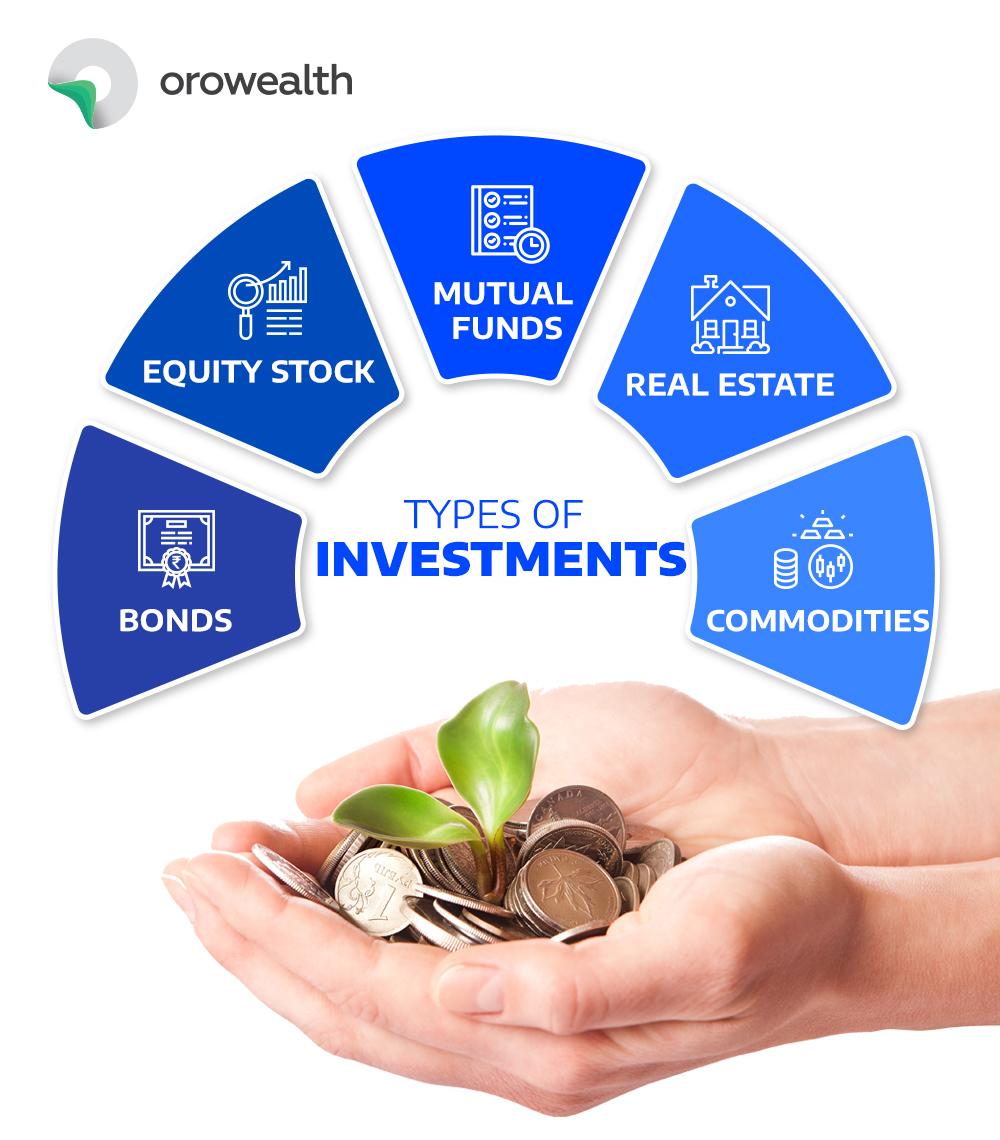
Unlocking Investment Success: Creative Investment Diary Ideas to Boost Your Returns
The world of investing can feel like navigating a complex maze. With countless assets, market fluctuations, and ever-changing economic conditions, it’s easy to feel overwhelmed. One of the most effective, yet often overlooked, tools for navigating this complexity is the investment diary. More than just a record of transactions, a well-maintained investment diary is a powerful instrument for self-reflection, learning, and ultimately, improving your investment performance. This article explores a variety of creative investment diary ideas to help you unlock your investment potential.
Why Keep an Investment Diary? The Undeniable Benefits
Before diving into specific ideas, let’s solidify why an investment diary is so valuable:
-
Improved Decision-Making: By meticulously documenting your reasoning behind each investment, you create a historical record to analyze. This allows you to identify patterns in your decision-making process, recognize biases, and learn from both successes and failures.
-
Emotional Control: Investing can be emotionally charged. Fear and greed can lead to impulsive decisions. An investment diary forces you to articulate your feelings, providing a layer of detachment and helping you make more rational choices.
-
Enhanced Learning: Tracking your investment journey allows you to learn at an accelerated pace. You can analyze what strategies worked well in specific market conditions, identify areas where you need to improve your knowledge, and refine your investment approach over time.
-
Performance Tracking: Beyond simply tracking returns, an investment diary allows you to understand why you achieved those returns. Did a particular strategy outperform expectations? Was a specific market event the primary driver? This granular level of insight is invaluable for long-term success.
-
Accountability: Knowing that your decisions will be documented and reviewed encourages you to be more diligent in your research and analysis. This accountability factor can significantly improve your investment discipline.
Creative Investment Diary Ideas: Unleashing its Potential
Now, let’s explore some specific ideas to elevate your investment diary beyond a simple transaction log:
-
The "Why" Behind the Buy (or Sell): For every investment decision, meticulously document the rationale behind it. Don’t just write "Bought 100 shares of XYZ Corp." Instead, detail:
- Your thesis: What makes you believe this investment will be profitable?
- Supporting data: What research, analysis, or news articles influenced your decision? Include links to relevant sources.
- Valuation metrics: What valuation methods (e.g., P/E ratio, discounted cash flow) did you use, and what were the results?
- Risk assessment: What are the potential downsides to this investment? What are the risks and how will you mitigate them?
- Target price and exit strategy: What is your target price, and under what circumstances would you sell? (e.g. reach a specific profit margin, or if the fundamental change of the company)
- Your sentiment: How do you feel about this investment? Are you excited, nervous, or indifferent?
-
Market Commentary and Analysis: Regularly record your observations about the overall market and specific sectors.
- Economic trends: How are macroeconomic factors (e.g., interest rates, inflation) impacting your portfolio?
- Sector analysis: Are specific industries showing signs of strength or weakness?
- Geopolitical events: How are global events affecting your investments?
- Sentiment analysis: What is the overall market sentiment (bullish, bearish, neutral)? How does this influence your investment strategy?
-
Competitor Analysis: If you’re investing in individual companies, track their competitors.
- Key metrics: Compare financial performance, market share, and growth rates.
- Strategic moves: Analyze competitor acquisitions, product launches, and marketing campaigns.
- Industry trends: How are competitors adapting to changing industry dynamics?
-
Portfolio Performance Reviews: Conduct regular reviews of your portfolio’s performance.
- Calculate returns: Track your overall portfolio returns and individual investment returns.
- Benchmark against indices: Compare your performance to relevant market indices (e.g., S&P 500, NASDAQ).
- Attribution analysis: Identify the factors that contributed to your performance (e.g., specific asset classes, individual investments, market timing).
- Rebalancing strategy: Document your rebalancing decisions and the rationale behind them.
- Reflect on Mistakes: Identify the mistakes that made in your investment journey, and write down the lessons learned so that you will not make the same mistake again.
-
Learning Log: Dedicate a section to recording what you’re learning about investing.
- Book summaries: Summarize key takeaways from books and articles you read.
- Course notes: Record notes from online courses, seminars, or workshops.
- Expert insights: Document insights from interviews with financial professionals or successful investors.
- New strategies: Note new investment strategies you want to explore.
- Financial Glossary: Create your own list of definition of financial terms.
-
"What If" Scenarios: Before making a significant investment, run through different "what if" scenarios.
- Best-case scenario: What happens if everything goes according to plan?
- Worst-case scenario: What happens if the investment fails?
- Alternative scenarios: What are the potential risks and how will you react?
- Stress test: How the investment will perform during the major crisis, like financial meltdown, or the pandemic?
-
Emotional Journaling: Regularly reflect on your emotions related to investing.
- Identify triggers: What events or news articles trigger specific emotions (e.g., fear, greed, anxiety)?
- Analyze emotional responses: How do your emotions influence your investment decisions?
- Develop coping mechanisms: How can you manage your emotions to make more rational decisions?
- Mindfulness techniques: Practice mindfulness techniques and document how it effects your investment decisions.
-
Goals and Objectives: Clearly define your investment goals and track your progress.
- Financial goals: What are you trying to achieve with your investments (e.g., retirement, down payment on a house, college fund)?
- Time horizon: How long do you have to achieve your goals?
- Risk tolerance: How much risk are you willing to take to achieve your goals?
- Track progress: Regularly assess your progress towards your goals and adjust your strategy as needed.
-
Tax Implications: Keep track of the tax implications of your investments.
- Capital gains and losses: Record all capital gains and losses.
- Dividend income: Track all dividend income.
- Tax-advantaged accounts: Monitor the performance of your tax-advantaged accounts (e.g., 401(k), IRA).
- Tax planning: Document your tax planning strategies.
-
Visualization and Mind Mapping: Use visual tools to organize your thoughts and investment strategies.
- Mind maps: Create mind maps to brainstorm investment ideas and explore different scenarios.
- Charts and graphs: Use charts and graphs to visualize market trends and portfolio performance.
- Mood boards: Create mood boards to visualize your financial goals and aspirations.
Tools and Techniques for Maintaining Your Investment Diary
- Spreadsheets: Excel or Google Sheets are great for tracking transactions, performance, and financial data.
- Notebooks: A physical notebook can be ideal for journaling, brainstorming, and capturing your thoughts.
- Dedicated Apps: Consider using dedicated investment diary apps that offer features like performance tracking, portfolio analysis, and note-taking.
- Cloud Storage: Back up your investment diary regularly to ensure you don’t lose your valuable data.
Conclusion: Your Journey to Investment Mastery
An investment diary is more than just a log; it’s a journey of self-discovery and continuous improvement. By implementing these creative investment diary ideas, you can gain valuable insights into your investment behavior, refine your strategies, and ultimately, achieve your financial goals. Embrace the power of documentation, reflection, and learning, and unlock your investment potential. Remember consistency is key. Regularly updating your investment diary, even if it’s just for a few minutes each day, will yield significant benefits over the long term. Happy investing!



